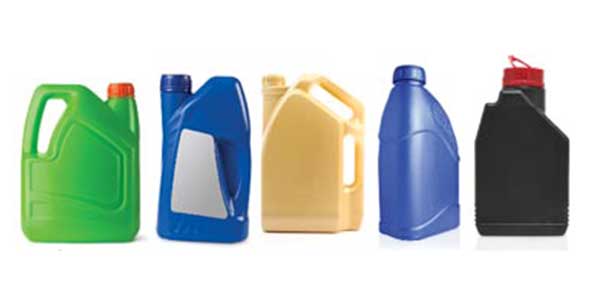
Why are there so many types of automatic transmission fluid? You might ask yourself this question when you are tasked with ordering a few quarts for an Asian or European vehicle that rolls into your shop.
There are two reasons why there are so many transmission fluid variations. First, automakers are changing the internal components of the automatic transmission to improve fuel efficiency and shift quality, so the transmission fluid plays an even greater role. Second, the shift to longer maintenance intervals has influenced the levels of certain ingredients in the base stock, contributing to even more transmission fluid formulations.
The Role of Transmission Fluid
Transmission fluid performs several roles inside the transmission. First, it lubricates and cools the transmission’s internal components. Second, it acts as a hydraulic fluid to actuate the planetary gears in the torque converter for the fluid coupling. Third, it controls the friction characteristics of the clutches. A very special fluid is required to cover all of these important tasks.
By volume, the base stock is the No. 1 ingredient in automatic transmission fluid, and it’s produced from crude or synthetic oil. The base stock is highly refined and processed with solvents so the molecules are uniform and engineered to meet certain viscosity and lubrication specifications. The manufacturer will mix and “tune” the fluid for each specific formulation. Additives are added to the base stock to further change the properties of the automatic transmission fluid.
Friction modifiers are also added to increase the lubricity of the base stock. This allows for smoother engagement of the clutches and bands. Depending on the level of friction modifiers, engineers are able to better control chattering or shuddering during the engagement of the clutches and bands inside the transmission. The friction materials on the clutches and the shear forces specific to the transmission design dictate the level of friction modifiers used.
Other additives are incorporated to help the fluid withstand the extreme pressures inside the transmission and to prevent wear on the inside of the transmission.
Evolving Transmissions
All automatic transmissions experience power loss. When the transmission shifts by locking planetary gears, engaging clutches or closing solenoids, power that would have gone to the wheels is lost. These power losses impact the efficiency of the transmission and the engine.
Every year, the OEMs experiment with new designs to increase the efficiency of their automatic transmissions. Small changes to the clutches, valve body and operating temperatures can add up quickly to stress current fluid specifications. Even a small change in how fast a solenoid opens or the angle of the stator’s blades in the torque converter can require a change in the fluid to prevent foaming and cavitation.
In addition, new transmission technologies like CVT and nine-speed configurations may require a proprietary transmission fluid formulation. These unique transmissions may only be in production for a few years, but they will still require service for decades. This is why it’s important that you verify in your service information that the transmission fluid you are about to use is the correct one. This is very important, considering that for certain import applications, there might be up to five different automatic transmission fluid specifications.
Interval Increase
Twenty-five years ago, the service interval for transmission fluid was around 30,000 miles. Today, the typical interval is more than 100,000 miles. This interval increase is the result of the reformulation of transmission fluid base stocks and improvements to additive packages.
The main enemy of transmission fluid is oxidation that occurs when the transmission fluid is heated and becomes stressed. Oxidation breaks down the base stock’s carbon chains. When a fluid is oxidized, it will have a burnt smell. The additive package of extended-interval automatic transmission fluids has higher levels of additives that prevent oxidation. Buffer additives are mixed in to control the pH of the fluid. Another type of additive known as a surfactant helps the base stock adhere to the surface and encapsulate small particles. But, these additives can be depleted and degrade over time.
When you are replacing or topping off automatic transmission fluid, you need to make sure you are using the correct application. If the bottle says, “For use in VW vehicles,” you need to look at the label and check the manufacturer’s website to be sure it is appropriate for the specific transmission, not just the year and make.
Article courtesy ImportCar.














